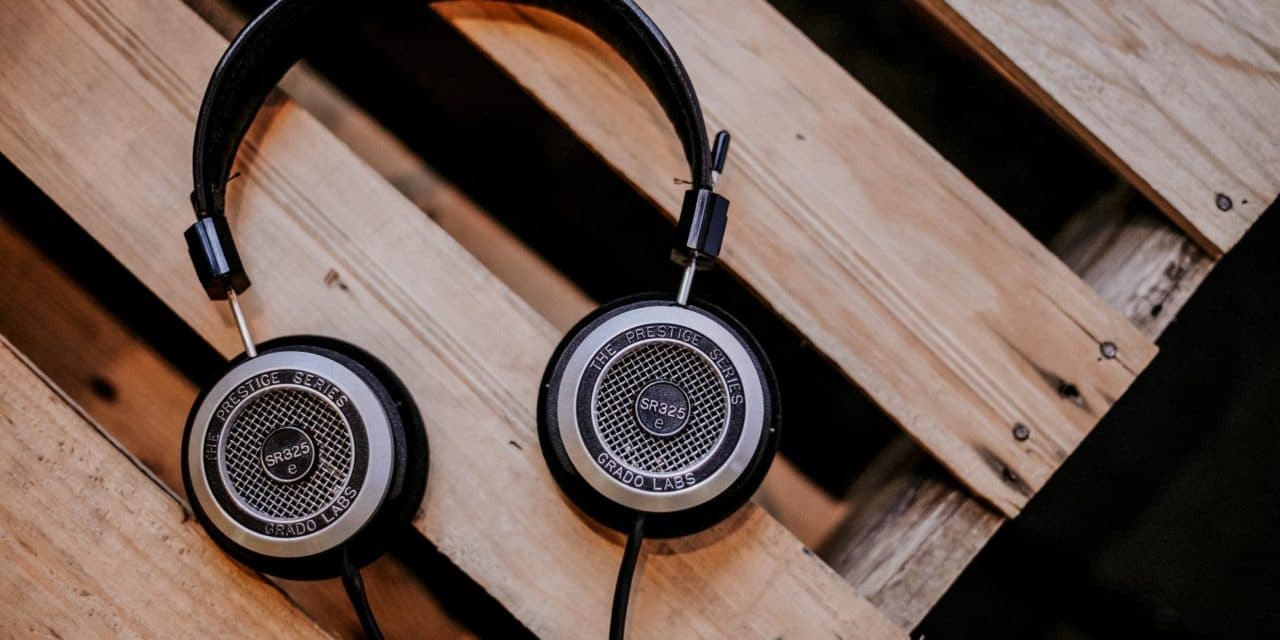Pilots use aviation headsets. Longer flights are very uncomfortable, especially with an ill-fitting headset. The wrong headset can cause head clamps, hotspots and pinching, which is why most manufacturers are designing aviation headsets with adjustable options. Ergonomics is very important. The main properties are the dome cavity design, weight, and the electronics, position of the microphone and shape and size of the ear seal.
Another important thing in aviation headsets is the noise cancellation ability, since there is high noise level from wind, propeller, and exhaust. Most advanced aviation headsets have active noise cancellation abilities of 20-30 db. This works on the principle of electronic noise cancellation, which is possible by generating a signal that is identical to the sound pressure level, but inverted, so that they cancel out each other.
Some aviation headsets also have audio interface options, which enable them to be connected to a CD or an MP3 player. Some are also cell phone compatible. Aviation headsets need powerful batteries. A battery life of 30-40 hours is ideal.
Refurbished aviation headsets are also available. The electronic and mechanical components are updated and put in order. These are generally offered with a one-year warranty. Most headsets are priced at around $400-500 or higher for a more advanced version.
The Internet is a good source for locating a headset. There are several web sites that provide comprehensive information about the wide range available today. Manufacturers also provide online support specialists to you select the best product including discounts and warranties.

